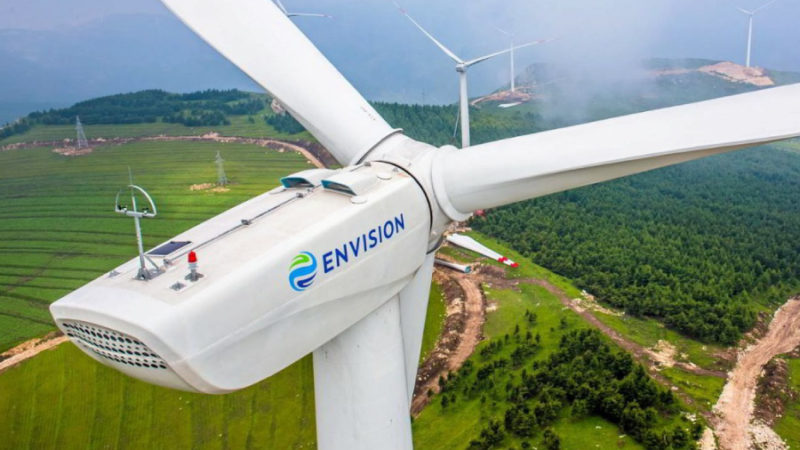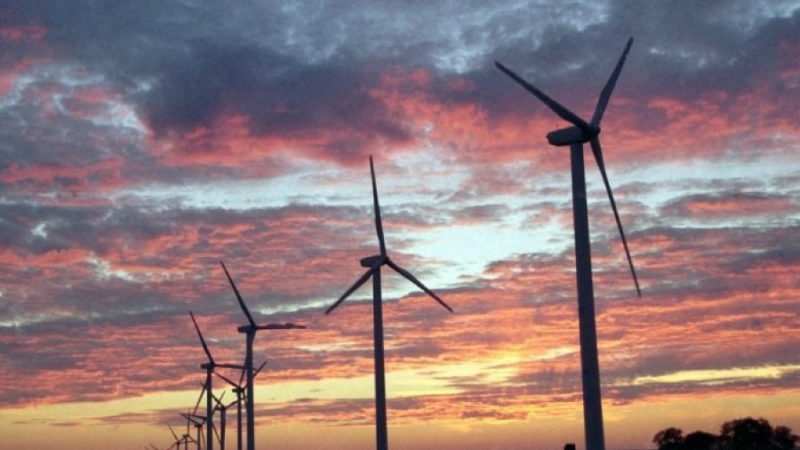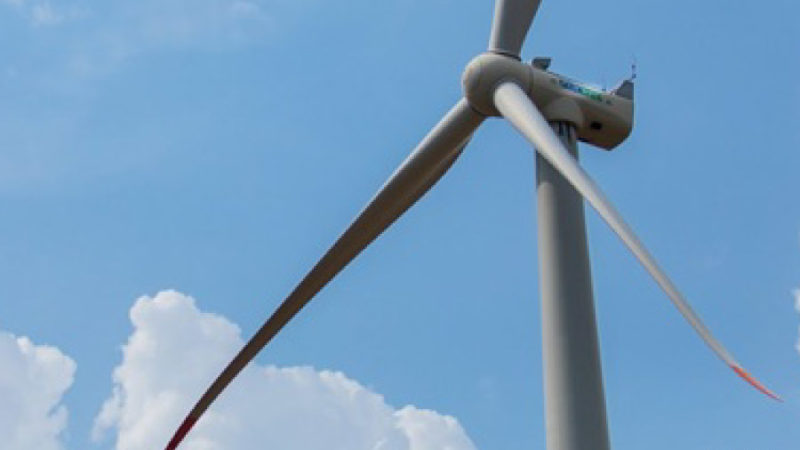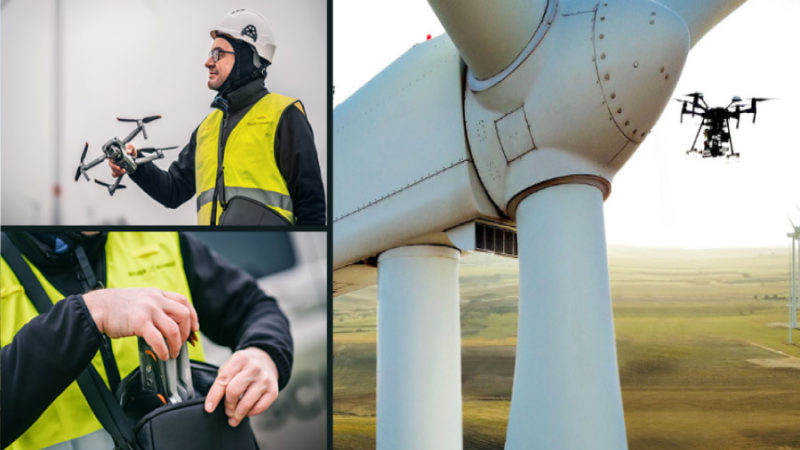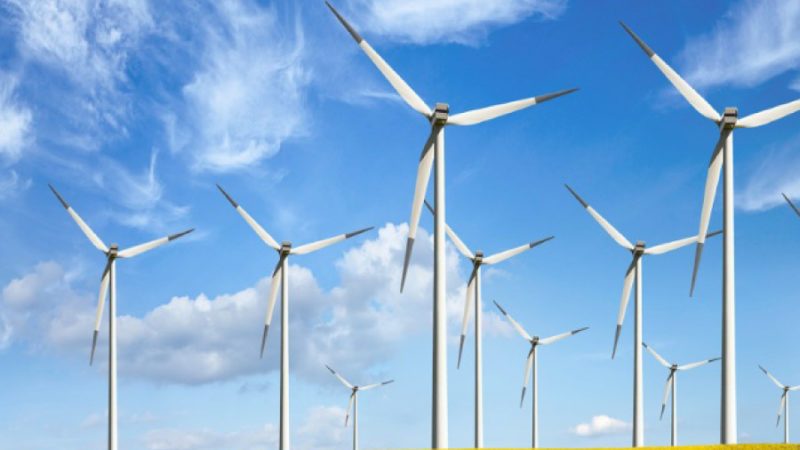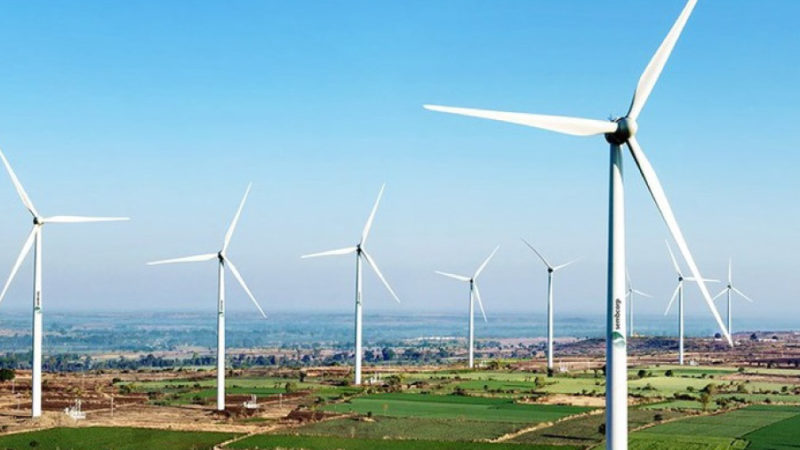WTG Industry India
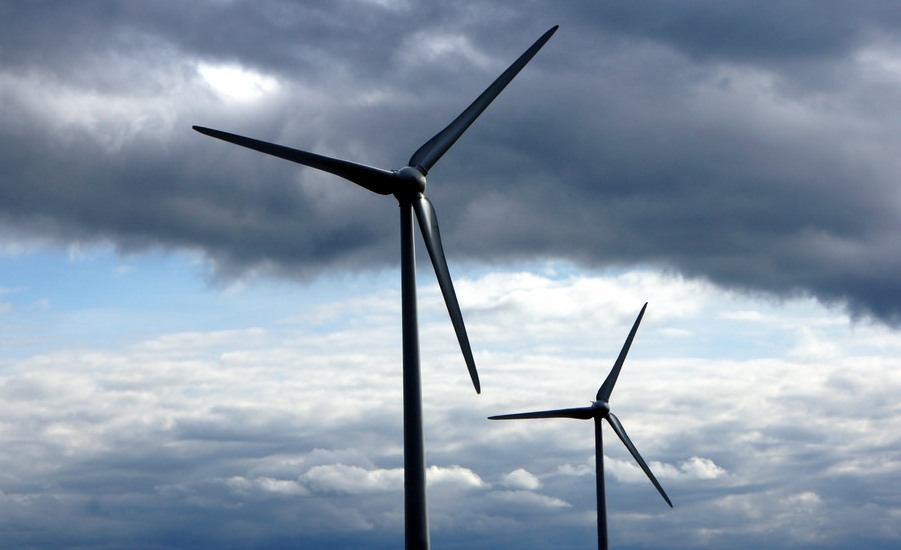
An insight into innovation and technology advancement in wind turbine generator industry that is sure to lead the way for the industry’s future growth…
It is a combination of factors that are driving the growth of wind energy in India and around the world. Foremost among these are increasing fossil fuel prices combined with growing environmental concerns. Wind power development has come a long way in India during the last three decades. Today India ranks the fourth largest wind market globally, both in terms of cumulative capacity and annual additions. As of March 2017 with 32.3 GW of installed capacity – wind power accounted for over 57 percent of the overall installed renewable capacity in the country.
Not surprising then, that several entrepreneurs are eyeing the wind energy sector in India seriously. In addition, the technology to harness electricity out of the wind is also improving by the day. Turbines these days are taller, have longer blades and are also environmentally friendly.
Industry Overview & Key Developments
Largely driven by the increasing demand for wind power the segment witnessed an unprecedented growth in the past year, which helped improve equipment manufacturers’ revenues. Thus the equipment industry witnessed the entry of several new players while the existing ones expanded their production capacity in anticipation of a growing wind power market.
LM Wind Power has set up a second blade factory in Gujarat, while Gamesa has set up a new factory in Andhra Pradesh. Vestas recently established a blade manufacturing unit in Gujarat in just 15 months to cater to the increasing local demand. Meanwhile, Senvion a leading European wind player has started its operations in India by acquiring the manufacturing facility of Kenersys India. Acciona of Spain also entered the Indian market in 2016.
The country’s overall manufacturing capacity stands at around 10 GW, with 20 approved manufacturers and 53 models of wind turbines. The top five original equipment manufacturers (OEMs) in terms of cumulative installed capacity in India are Suzlon (35.4 percent), WindWorld (18 percent), Gamesa (10.1 percent), Vestas (7.6 percent) and Regen (7.3 percent).
As per the Global Wind Energy Council, wind turbines manufactured in India are considered at par with international standards by developed countries. Thus, the country opens up a huge potential for exports. Currently, most of the exports from India have been to the US, the European Union, Australia, Africa and South America.
Technology Advancements
Worldwide, a key technology focus is more powerful wind turbines, with a capacity of 3 MW or more, but in India, where by global standards, wind speeds are relatively low, companies are also working hard to build turbines with higher towers to utilise wind speeds better. The prototype much in use is the V90-3.0, which is a low weight turbine with a hub height between 65 and 105 metres.
However, Suzlon has designed taller ones, which have been tested successfully at Naliya in Gujarat’s Kutch area – one (S97-120) that goes up to 120 metres and provides a plant load factor (PLF) of 35 percent – and another (S111), of the same height, but with blades whose rotor diameter extends to 111.8 metres, enabling it to achieve a PLF of 40 percent. Again, Gamesa’s innovation, the G114-2.0 turbine, which has been customized to suit Indian conditions, offers the lowest energy cost without compromising on reliability.
As per media reports, German manufacturer Enercon will offer two models from its EP3 platform in India; the E-126 and E-138, which are designed for sites with moderate and low winds. These will be the highest rated machine in the Indian market as the established players are offering standard 2MW turbines. The E-138, the first 3.5MW low-wind turbine in the EP3 portfolio, with a rotor diameter of 138 meters, is intended for use at low-wind sites in Class IIIA (IEC).It is expected to give annual energy yields in excess of 13.2GWh for an average speed of 7m/s at a hub height of 131m. The E126 also rated 3.5MW with a 126-meter rotor diameter, is designed for class IIA sites. According to Enercon, it will be ready to deploy its machines by end of the 2019/20 financial year.
One of the key issues in Asia is the absence of sufficient vacant land to set up wind farms, underlining the need for taller and more efficient turbines. Wind energy majors are working on hybrid towers, which use a lattice base and tubular tower, held together by a unique transition piece. These towers make heights easier to scale, require less material and hence cost less. They provide the desired combination of height and need 33 percent less concrete to build their foundations. They not only increase wind catchment area, but also turbine efficiency, and can be customized to prevailing wind conditions.
With the emphasis on local manufacturing, coupled with forward-looking policies, India has triggered an exciting and vibrant growth phase for wind power till date. But turbine efficiency still remains a crucial factor in making wind affordable on a large scale. Till recently, the feed-in tariffs regime – set by each state’s electricity regulatory commission (SERC) has prevented tariffs from falling too low and allowed companies elbow room to invest in R&D.
However, with the transition to competitive bidding route, there has been some initial setbacks faced by the industry which are expected to come on track with the passage of time. We are sure as the need for energy grows, technological advances in the wind sector will grow alongside.
Demand Setbacks:
The wind energy sector is undergoing a transition phase from feed-in tariff regime to a bid based regime, post the success of a reverse auction under the 1,000 MW scheme by Ministry of New & Renewable Energy (MNRE) in February 2017 with bid tariff discovery at Rs 3.46 per unit.
While the advantages of an auction-based system of competitive bidding and better price discovery are obvious, one needs to keep an eye on the potential problems that might crop up. Excessive competition can at times lead to unviable auction pricing with serious ramifications for the industry. The trade-off between lower costs and delivering the targeted wind energy capacity needs urgent attention.
According to research and rating agency ICRA, India’s wind energy capacity addition in the current financial year will remain adversely impacted due to migration from feed-in tariff to bid tariff route. Sabyasachi Majumdar, Senior Vice President at ICRA said, “As a result, the credit profile of wind turbine generator (WTG) Original Equipment Manufacturers (OEMs) would remain under pressure due to sector-specific headwinds in near term. In this context, clarity from Central Electricity Regulatory Commission (CERC) on inter-state connectivity issue for projects under SECI scheme by MNRE in a time-bound manner remains critical.”
Also, the resolution of the PPA renegotiation or cancellation issue, as seen in few states recently, remains crucial to retain investor interest in the sector. On the positive side, however, the long term demand drivers remain intact due to an improved tariff competitiveness of wind and solar energy against conventional energy sources, large untapped renewable potential and favourable policy and regulatory support.
Conclusion:
Wind energy has today developed to a stage where it is not only viable, but also commercially attractive. We believe the industry is set on a strong growth track due to the recognition of the inherent strengths of wind energy technology, namely potential, rapid installation, modular expansion, cost effectiveness, zero fuel costs, non-polluting and sustainability.
Wind energy towers are now becoming taller, the blades larger and wind farms bigger. These improvements have had as important a role in bringing down wind energy prices as competition; so much so that wind has become the cheapest form of energy in many places, including India. Thus, with falling tariffs and increasing competition under competitive bidding route, innovation and technology will lead the way for the industry’s growth.


